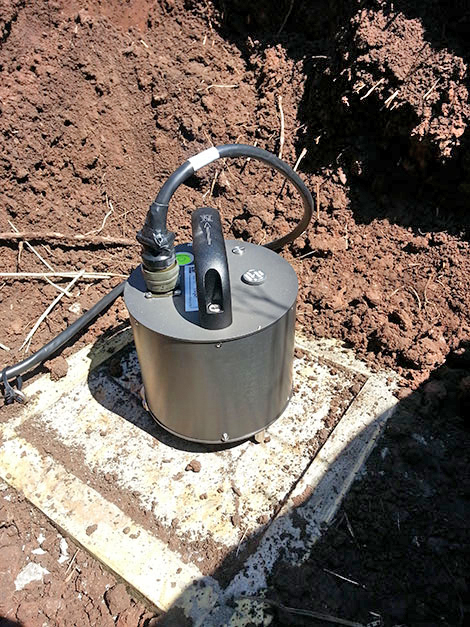

The first seismometer was made in China during the 2nd century. And helioseismology studies the "quakes" on the Sun. For example, a monitoring station that tracks changes in electromagnetic noise affecting amateur radio waves presents an rf seismograph. The concept of measuring the "shaking" of something means that the word "seismograph" might be used in a more general sense. The technical discipline concerning such devices is called seismometry, a branch of seismology.

Both types provide a continuous record of ground motion this record distinguishes them from seismoscopes, which merely indicate that motion has occurred, perhaps with some simple measure of how large it was.

It is often used to mean seismometer, though it is more applicable to the older instruments in which the measuring and recording of ground motion were combined, than to modern systems, in which these functions are separated. Seismograph is another Greek term from seismós and γράφω, gráphō, to draw. The word derives from the Greek σεισμός, seismós, a shaking or quake, from the verb σείω, seíō, to shake and μέτρον, métron, to measure, and was coined by David Milne-Home in 1841, to describe an instrument designed by Scottish physicist James David Forbes. Today, they are spread to provide appropriate coverage (in the case of weak-motion seismology) or concentrated in high-risk regions ( strong-motion seismology). Originally, European seismographs were placed in a particular area after a destructive earthquake. A site is always surveyed for ground noise with a temporary installation before pouring the pier and laying conduit. Reinforcing rods and aggregates would distort the pier as the temperature changes. Other instruments are often mounted in insulated enclosures on small buried piers of unreinforced concrete. The best mountings may be in deep boreholes, which avoid thermal effects, ground noise and tilting from weather and tides.
#Seismac stations professional#
A professional station is sometimes mounted on bedrock. The foundation of a seismic station is critical. If only one axis is measured, it is usually the vertical because it is less noisy and gives better records of some seismic waves. Seismic observatories usually have instruments measuring three axes: north-south (y-axis), east-west (x-axis), and vertical (z-axis). This design is often used in a geophone, which is used in exploration for oil and gas. In other systems the weight is allowed to move, and its motion produces an electrical charge in a coil attached to the mass which voltage moves through the magnetic field of a magnet attached to the frame. The voltage needed to produce this force is the output of the seismometer, which is recorded digitally. The motion of the mass relative to the frame is measured, and the feedback loop applies a magnetic or electrostatic force to keep the mass nearly motionless. In some systems, the mass is held nearly motionless relative to the frame by an electronic negative feedback loop. The mass tends not to move because of its inertia, and by measuring the movement between the frame and the mass, the motion of the ground can be determined.Įarly seismometers used optical levers or mechanical linkages to amplify the small motions involved, recording on soot-covered paper or photographic paper.

A rotating drum is attached to the frame and a pen is attached to the weight, thus recording any ground motion in a seismogram.Īny movement from the ground moves the frame. The relative motion between the weight (called the mass) and the frame provides a measurement of the vertical ground motion. The inertia of the round weight tends to hold the pen still while the base moves back and forth.Ī simple seismometer, sensitive to up-down motions of the Earth, is like a weight hanging from a spring, both suspended from a frame that moves along with any motion detected.


 0 kommentar(er)
0 kommentar(er)
